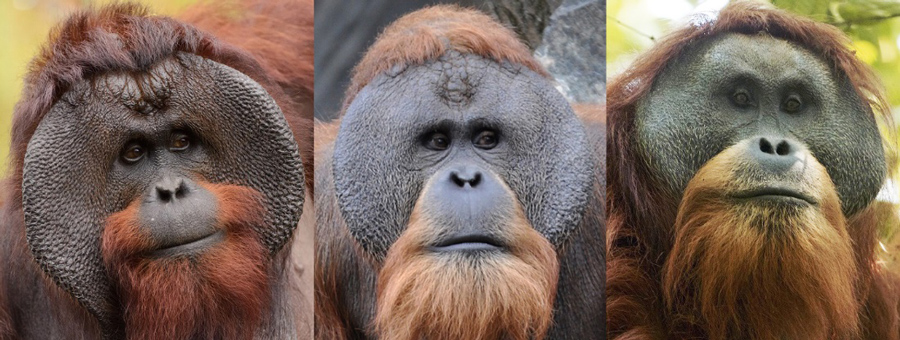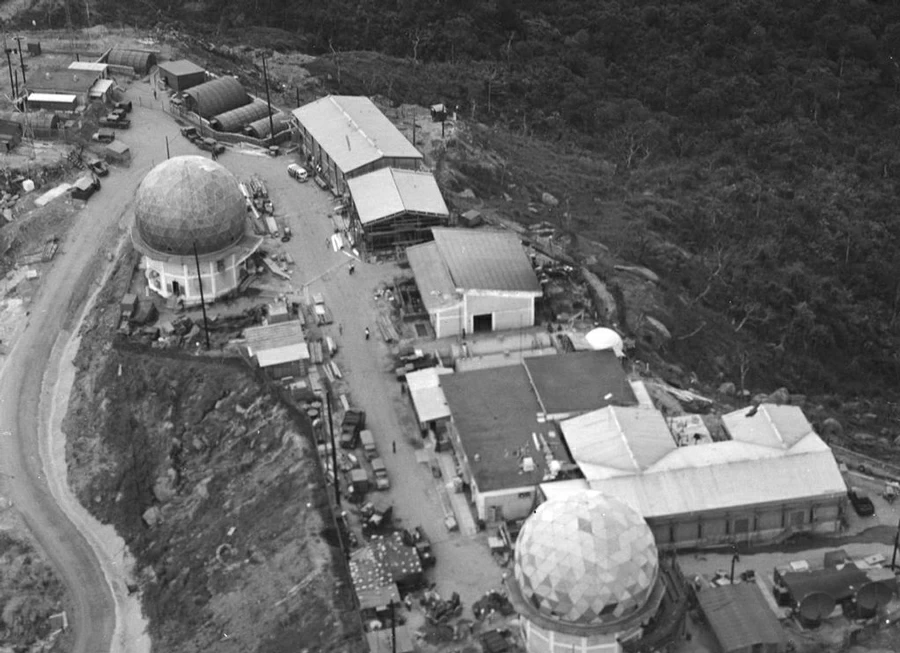The Vietnam war changed those who experienced it forever. American GIs, trained for conventional warfare, were left scarred by an enemy who refused to engage on normal terms.
Then as now, the jungles of Vietnam are dense and mysterious, and many United States soldiers returned shaken, with stories that it was not just the enemy Viet Cong who were attacking them out there.
Some soldiers reported that they had been attacked by something else out there, humanoid creatures dubbed “rock apes” who left hardened combat troops frightened. Some even claim that the rock apes of Vietnam changed the course of the war.
Many believe in unknown large land animals which have yet to be discovered. Generally called “cryptids” these are usually fanciful tales of hidden alien visitors or a remnant population of dinosaurs. However, some, like these rock apes are more plausible.
The forests of Vietnam could support an unknown population of apes, unlike say a sustainable breeding population of plesiosaurs surviving undetected in a single Scottish loch. As recently as 2017, a new species of orangutan was discovered in neighboring Sumatra, the Tapanuli Orangutan.

Could there be rock apes in the jungles of Vietnam, hostile to the American soldiers? Or are these manifestations of psychological damage, given credence by the soldiers and general US public who could not comprehend that the Viet Cong had defeated them?
Rock Apes and a Hostile Jungle
At first, the second explanation seems more plausible. It is not uncommon for the soldiers to talk about seeing something strange after they return from wars, and throughout history there have been many monster sightings reported in wartime.
But to dismiss these apes as a psychological scapegoat for losing the Vietnam war does not answer all the questions. For one, even before the war broke, there were stories of “jungle people” standing some 6 feet (1.8 m) tall with an ape-like appearance.
People talked about these jungle people having a stoutly built body and muscular physique. The stomachs were protruding, and their bodies were covered in hair.
The feet, hands, knees, and face didn’t have hairs, giving them an ape-like look. They were reported as living were living in remote jungle regions. They were not bothered by the humans living around them and mostly preferred to live with themselves.
- Orang Pendek: Is There An Unknown Great Ape In Remotest Sumatra?
- The Mysterious “Set”: An Ancient Egyptian Cryptid?
However, with the ingress of American soldiers into the jungle, it appears they felt their territory had been threatened. Their response was to become aggressive and bold. They do not hesitate to attack any intruder, even those who stumbled on them by mistake.

These rock apes were mostly active during dusk or at night, and were often reported as travelling in a troop. They were familiar to American soldiers who would assume they were just another jungle species, and who saw them so frequently they nicknamed them “bathtubs”.
Known but Misidentified?
Initially, descriptions of the creatures were dismissed as misidentified orangutans. But there are no known orangutans in Vietnam, as they became extinct around thousand years ago.
Moreover, the behavior that the American soldiers explained was not similar to that of any known orangutan behavior. Orangutans may be social animals, but they prefer to live most of their lives alone, whereas the rock apes were consistently sighted in groups.
Another candidate is the cheeked gibbon that is native to Vietnam. The gibbons also live in large social groups and spent most of their time in trees. But again, the size description of the rock apes, as given in descriptions by the soldiers, doesn’t match the size of gibbons.
Gibbons are less heavily-built than these rock apes and are smaller in size than the description of jungle people. The average weight of gibbons is around 20 pounds, which doesn’t match the descriptions. Some rock ape sightings were reported of smaller primates, which may be gibbons, but the majority cannot be.
Attempts to Capture or Kill a Rock Ape
Viet Cong and north Vietnamese troops also reported sighting these rock apes, and an expedition to find them was even carried out in 1974, under General Hoang Ming Tha. This expedition was intended to capture or kill at least one of these creatures.

But the expedition failed, and no hard evidence was found proving the existence of rock apes within the jungle. Similarly, Professor Vo Quy, an esteemed zoologist of Vietnam National University organized another expedition, again unsuccessful.
But as per reports, it is said that strange human-like footprints were observed in the jungle around the year 1970. Professor Tran Hong Viet, Hanoi’s Pedagogic University, recorded this observation.
He carried out the procedure for casting these footprints and then ran tests upon them. But this discovery was ultimately a dead end as well, leading to no further evidence of the existence of rock apes within the jungle.
What was Attacking the GIs in the Jungle?
One thing that was very much striking about the rock apes and their sightings is that they are not at all afraid of humans. The American troops reported this and said that their existence startled the armed troops.
The lack of fear for humans amidst the rock apes is understandable, as their habitat would make human contact extremely limited. Before the jungles of Vietnam filled with soldiers they would have lived peacefully away from human contact.
While the troops were patrolling in the jungle at night, the jungle was often so dense that they came upon the apes at a few yards’ distance. The soldiers said that the sight is quite frightening as they could easily be mistaken for an enemy patrol.
And yet it is amazing that, coming upon humanoid apes in the dark of a hostile jungle in the middle of a desperate war, no American ever reported shooting an ape. Despite the many descriptions, including one of a large group of rock apes attacking a group of Marines en-masse, not a single piece of evidence survives to corroborate these stories.
Confronted by a lack of hard evidence, skeptics said that the rock apes were just hallucinations. Under this theory, rock apes are nothing but the troubled imagination of soldiers and young men in unfamiliar and hostile environments.
Terror of the Unfamiliar
It is indeed possible that these men, under deep stress, were jumping at shadows. But the descriptions again belie this conclusion, as encounters were often at close range where mistakes in identification were rendered unlikely.

It is more plausible to say that these men saw something they did not recognize in the jungle. Not enemy soldiers, not the smaller gibbons, not the extinct orangutan. But could a combination of these misidentifications provide the key?
If there was something else in the jungle, the Vietnam war provides the most likely moment to have encountered it. After the war’s end, these apes appear to have retreated back into their isolation and sightings reduced.
And so the question remains open. Tall, walking apes with broad faces and hairy bodies were seen throughout the Vietnam war. Perhaps an unknown ape truly lives out there in the deepest forests waiting to be discovered.
Top Image: What were the apes that attacked soldiers in the Vietnam War? Source: Designstudio / Adobe Stock.
By Bipin Dimri